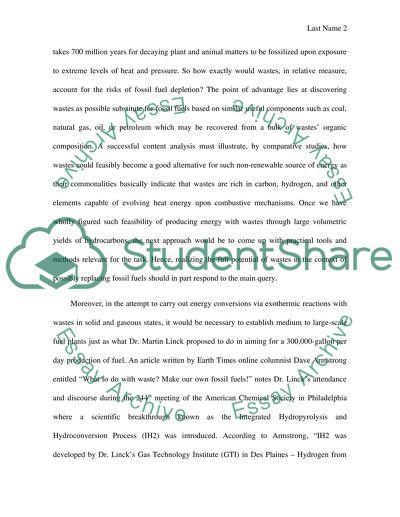Cite this document
(“What to do with waste Essay Example | Topics and Well Written Essays - 1000 words”, n.d.)
What to do with waste Essay Example | Topics and Well Written Essays - 1000 words. Retrieved from https://studentshare.org/environmental-studies/1460824-what-to-do-with-waste
What to do with waste Essay Example | Topics and Well Written Essays - 1000 words. Retrieved from https://studentshare.org/environmental-studies/1460824-what-to-do-with-waste
(What to Do With Waste Essay Example | Topics and Well Written Essays - 1000 Words)
What to Do With Waste Essay Example | Topics and Well Written Essays - 1000 Words. https://studentshare.org/environmental-studies/1460824-what-to-do-with-waste.
What to Do With Waste Essay Example | Topics and Well Written Essays - 1000 Words. https://studentshare.org/environmental-studies/1460824-what-to-do-with-waste.
“What to Do With Waste Essay Example | Topics and Well Written Essays - 1000 Words”, n.d. https://studentshare.org/environmental-studies/1460824-what-to-do-with-waste.


